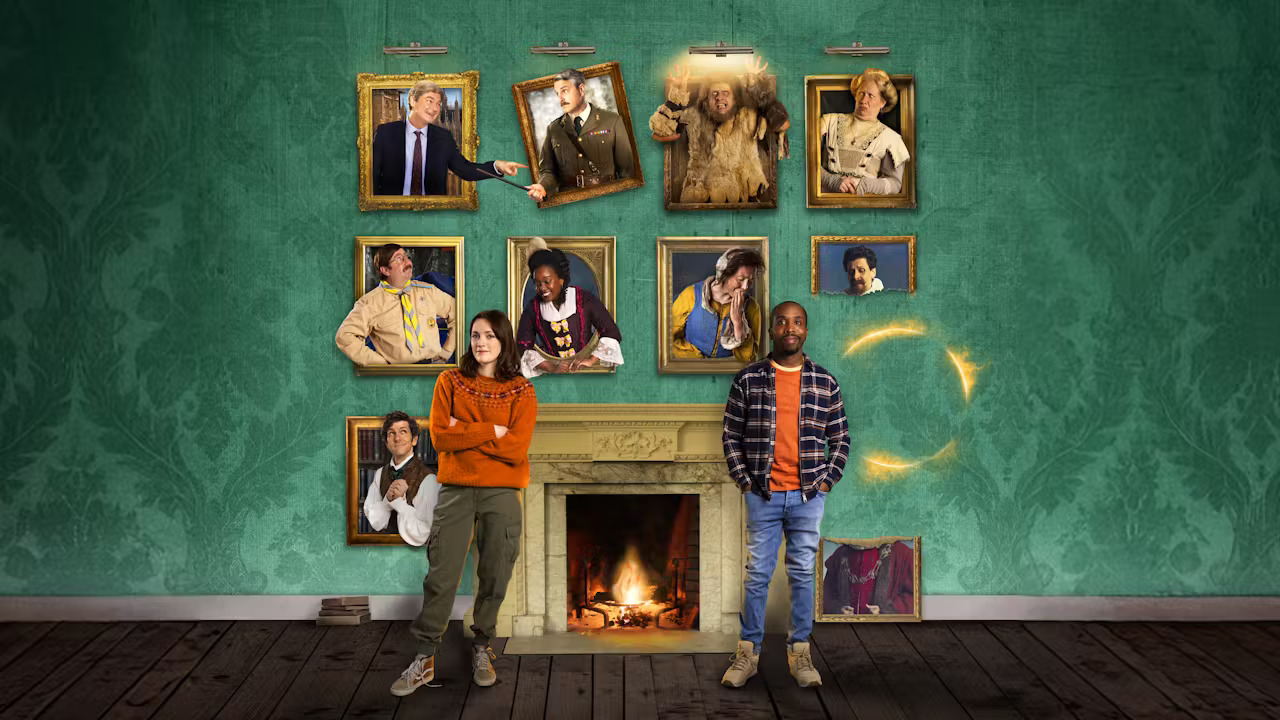
when Horror Yearbook – Classic Ghosts have haunted literature for centuries, shaping the foundation of horror fiction as we know it today. Stories like Frankenstein and Dracula captured the imagination of readers by blending suspense, fear, and the supernatural into compelling narratives. Early horror authors explored human psychology, morality, and the unknown, creating timeless tales that remain influential. As the genre developed, authors began experimenting with different forms of terror, from Gothic castles to eerie mansions and dark forests. These stories not only entertained but also reflected cultural fears of the era, from scientific advancements to societal norms. Readers were drawn to the tension between reality and the supernatural, making ghost stories a perfect canvas for exploring human emotion. The evolution of horror fiction owes much to these early works, as they established narrative techniques, atmosphere, and pacing that modern authors continue to build upon.
Classic Ghosts laid the groundwork for modern horror, but techno-horror has introduced a new form of fear rooted in technology and scientific progress. This subgenre examines how humans interact with machines, artificial intelligence, and digital systems, often highlighting the consequences of unchecked innovation. Techno-horror stories exploit the tension between human vulnerability and technological power, creating a sense of unease that resonates with contemporary readers. Authors like Andrew Liptak explore these themes in speculative fiction, merging science fiction with horror elements to craft chilling narratives. Techno-horror often reflects societal anxieties about privacy, ethics, and the increasing dependence on technology in everyday life. Unlike traditional ghost stories that rely on supernatural occurrences, this style grounds fear in plausibility, making readers question the safety of their own world. By blending realism with horror, techno-horror has expanded the boundaries of the genre and attracted a new generation of fans eager for innovative scares.
“Read about: The Boys Season 5 Hints at Brutal Loss: Could Three Members of Butcher’s Team Be Gone?”
Podcasts and media platforms have transformed how audiences experience horror fiction, providing accessibility and interactivity for fans worldwide. Shows like Books in the Freezer host discussions that analyze horror literature and contemporary releases, engaging listeners in the nuances of storytelling and thematic exploration. Stephanie Gagnon, host of the podcast, highlights how audio storytelling can amplify suspense through voice, pacing, and sound effects.
This format allows horror to evolve beyond printed pages, reaching listeners who enjoy immersive experiences. Fans of techno-horror and classic ghost stories alike can access content that explores both traditional and modern narratives. Podcasts also create communities for enthusiasts to share recommendations, debate interpretations, and explore lesser-known works. Authors and librarians such as Jane Frankel collaborate with these platforms to highlight historical contexts, ensuring that the origins of horror remain relevant. These media innovations demonstrate that horror fiction continues to thrive by adapting to new technologies and audience preferences.
Classic Ghosts and modern horror reveal deep cultural fears and reflect changing societal values across different eras. Early Gothic novels explored anxieties about religion, morality, and rapid scientific discoveries. Contemporary techno-horror now examines fears related to technology, surveillance, and blurred ethical lines. Horror fiction adapts to issues that dominate public attention and emotional consciousness. Readers process fear safely through terrifying yet controlled storytelling experiences. Authors often address social inequality, global disasters, and existential dread in their work. These narratives provide insights into cultural priorities and evolving storytelling techniques. AK Nevermore believes horror lets imagination face real-world fears, both supernatural and technological. The genre creates a safe space for anxiety, tension, and emotional release. Horror endures because it adapts, combining suspense, fear, and moral lessons across generations.
Horror fiction continues to evolve, blending classic ghost stories with new trends and technologies to captivate contemporary audiences. Authors experiment with narrative formats, interactive storytelling, and cross-genre elements, creating innovative ways to scare and entertain readers. Digital media, podcasts, and streaming services expand the reach of horror, allowing fans to access content in multiple forms. Writers focus on psychological tension, ethical dilemmas, and societal fears, ensuring that horror remains relevant and thought-provoking. As audiences become more sophisticated, the genre adapts to maintain unpredictability and suspense. Contributors like Andrew Liptak and AK Nevermore highlight the importance of combining traditional horror elements with modern concepts to keep readers engaged. Horror fiction thrives on its ability to reflect cultural shifts while pushing creative boundaries. The evolution of the genre demonstrates that fear can be continuously reinvented, offering endless opportunities for storytelling innovation.
This article is sourced from ctpublic and for more details you can read at horroryearbook
Writer: Sarah Azhari
Editor: Anisa